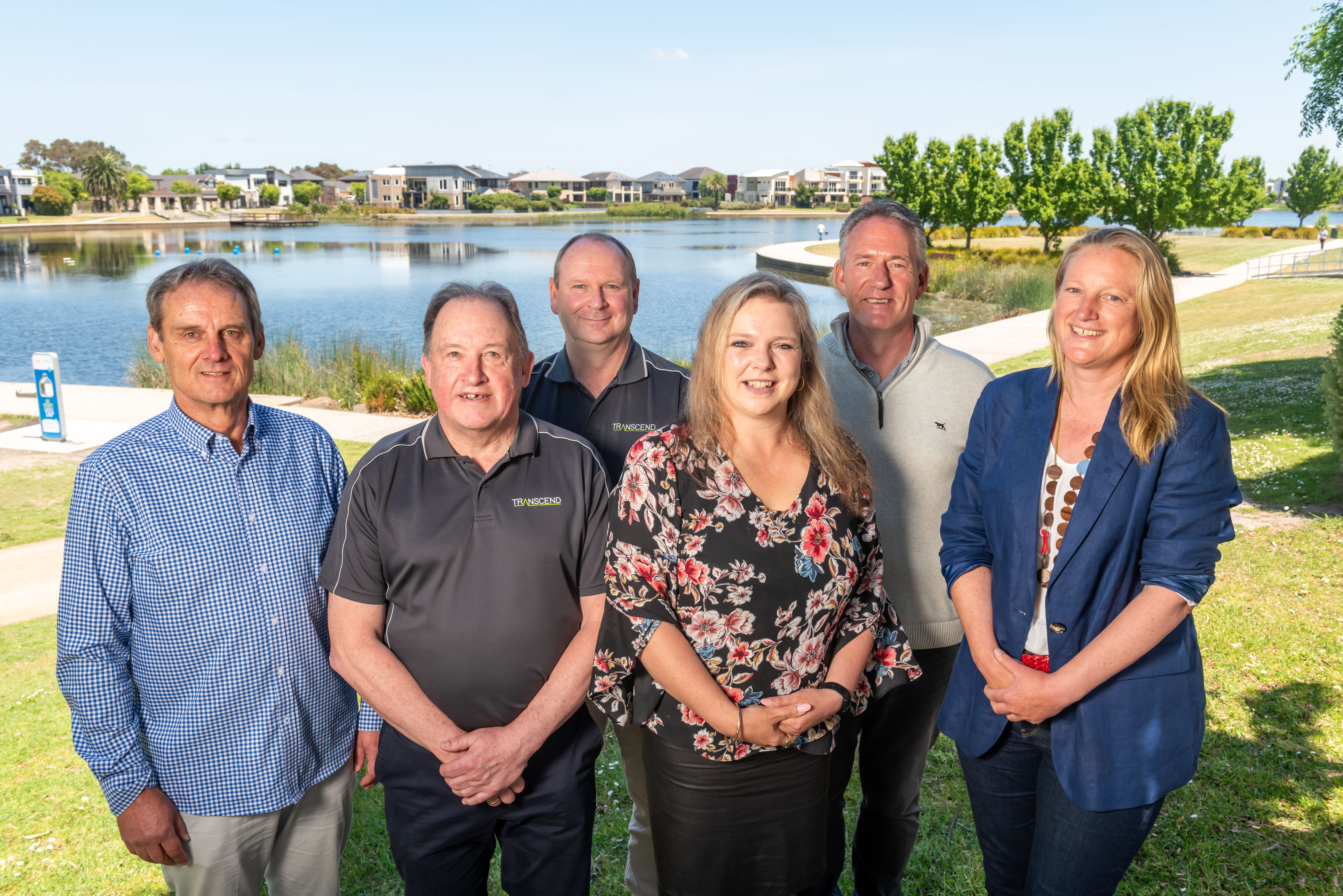A vulnerable burrowing mammal, a small native nocturnal predator and a couple of curious dingoes were among the exciting species recorded by ecologists investigating wildlife on a North Australian Pastoral Company‘s (NAPCo) Station in western Queensland.
The survey was conducted by ecologists with Australian Wildlife Conservancy (AWC) in the second year of landmark biodiversity partnership with NAPCo, designed to promote positive, measurable outcomes for Australia’s unique ecosystems across NAPCo’s six-million-hectare estate.
 Richard Seaton/AWC
Richard Seaton/AWCThe pilot survey, launched in May of last year, involved setting up eight remote monitoring stations to track three key species-the Bilby, Kowari, and the critically endangered Plains-wanderer – amongst the extensive mitchell grasslands and gibber plains. Ecologists remained ever hopeful in searching for the species and equipped each monitoring site with solar-powered bioacoustic recorders to capture sounds and motion sensor cameras to document wildlife presence, collecting data 24 hours a day over a year. The survey is part of a broader initiative by NAPCo and AWC to enhance biodiversity across significant landscapes and inform conservation strategies for rare and threatened species.
The footage, analysed through AWC’s AI-driven wildlife recognition technology, which sifts through thousands of motion sensor camera images and collates those featuring wildlife and/or introduced predators. Ecologists were thrilled to discover two of the three species, Bilby and Kowari, had been captured on camera along with several other threatened wildlife. The bioacoustic data is yet to be analysed.
 Richard Seaton/AWC
Richard Seaton/AWC“The Kowari was detected at all monitoring sites, the Greater Bilby at two, and we captured images of many native species including the Black Falcon,” exhilarated Field Ecologist Hayden de Villiers said after reviewing data collected during the year-long research period.
“Picking up Kowaris on all eight cameras is a great indication that the population is widespread and doing relatively well,” said Dr Alexander Watson, AWC Regional Ecologist.
 AWC
AWCDr Watson added that the data helps identify where the species occur on the property and will become the basis of an ongoing monitoring program.
However, the data also highlighted concerns with introduced predators. Feral cats were detected on half of the cameras, posing a significant risk to ground-dwelling species like the Bilby, Kowari, and potentially the Plains-wanderer.
“While collecting devices, we were alarmed by the number of feral cats seen resting in raptor nests along creek lines,” said Dr. Watson. “Underlining the threat these predators present to both ground-dwelling and nesting bird species, such as Letter-wing Kites and Black Falcons which are confined to creek systems.”
 AWC
AWCTo build on these findings, AWC has now expanded research efforts across the NAPCo Station deploying an additional 60 monitoring sites. These will help provide a robust indicator of the distribution of native species, as well as the scale and impact of feral predators in the area, offering essential insights for long-term biodiversity management.
Allan Cooney, NAPCo Chief Executive Officer said, “At NAPCo, we’re dedicated to balancing responsible pastoral management with meaningful conservation efforts. Our partnership with Australian Wildlife Conservancy allows us to deepen our understanding of the native and endangered species across our expansive estate, actively advancing biodiversity protection on pastoral land. This data collected through this collaboration is invaluable for guiding sustainable practices that safeguard both wildlife and the resilience of these unique ecosystems. We’re proud to see our land contributing to the preservation of Australia’s threatened species and look forward to continuing this important work.”
 AWC
AWCTim Allard, AWC Chief Executive Officer, welcomed the results of the trial survey, saying the cross-sector collaboration between AWC and NAPCo is already delivering value in conservation.
“With around 44% of Australia covered by pastoral land, collaboration is key to significantly scaling up conservation across the country and for securing the future of Australia’s threatened wildlife,” said Mr Allard. “Assessing the extant conservation values of NAPCo’s properties is first priority of the partnership as this data will enable us to assess the benefits of different land management options for biodiversity.”
The bioacoustic and motion sensor camera research at Coorabulka is funded by the Queensland Government’s Threatened Species Research Grants







